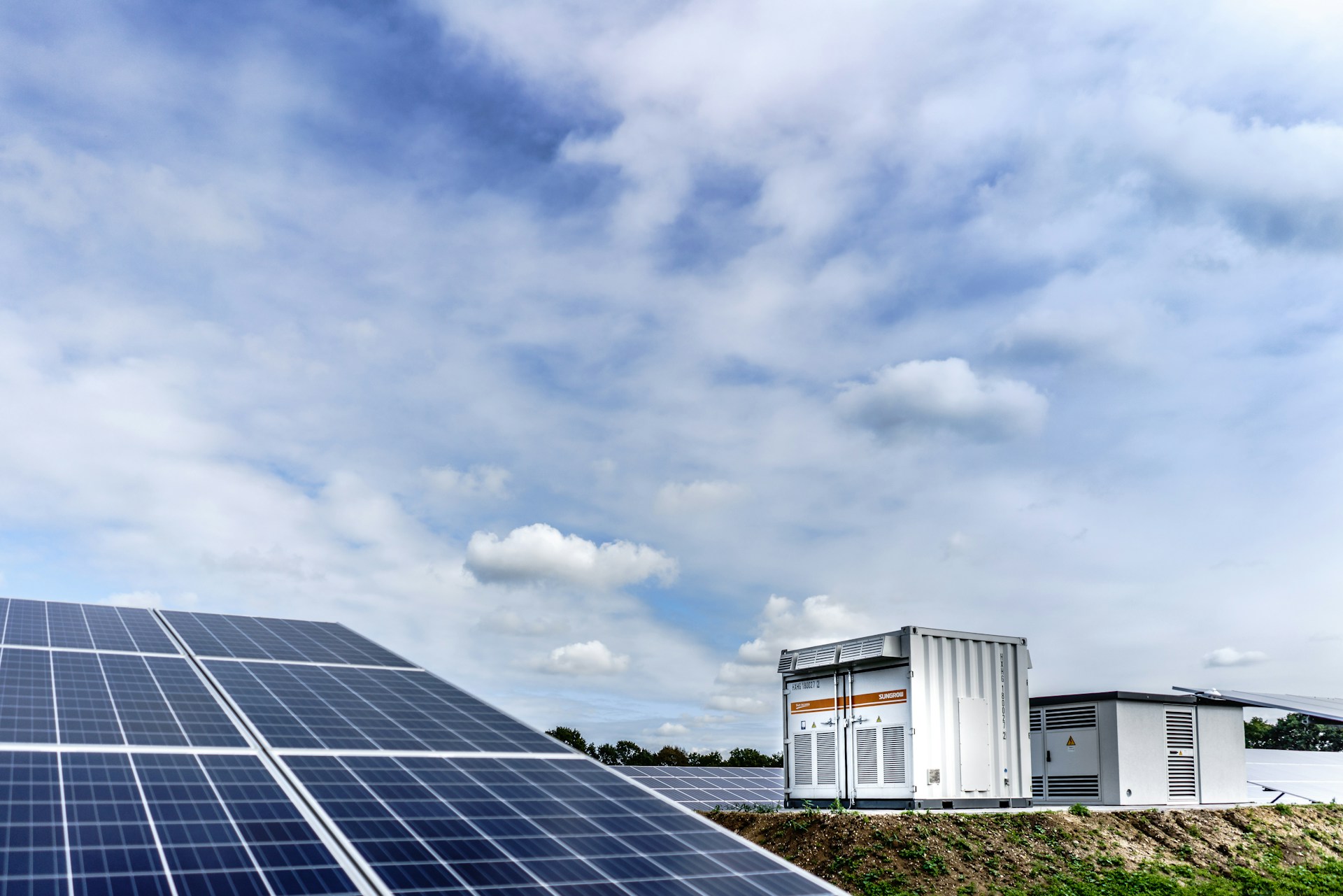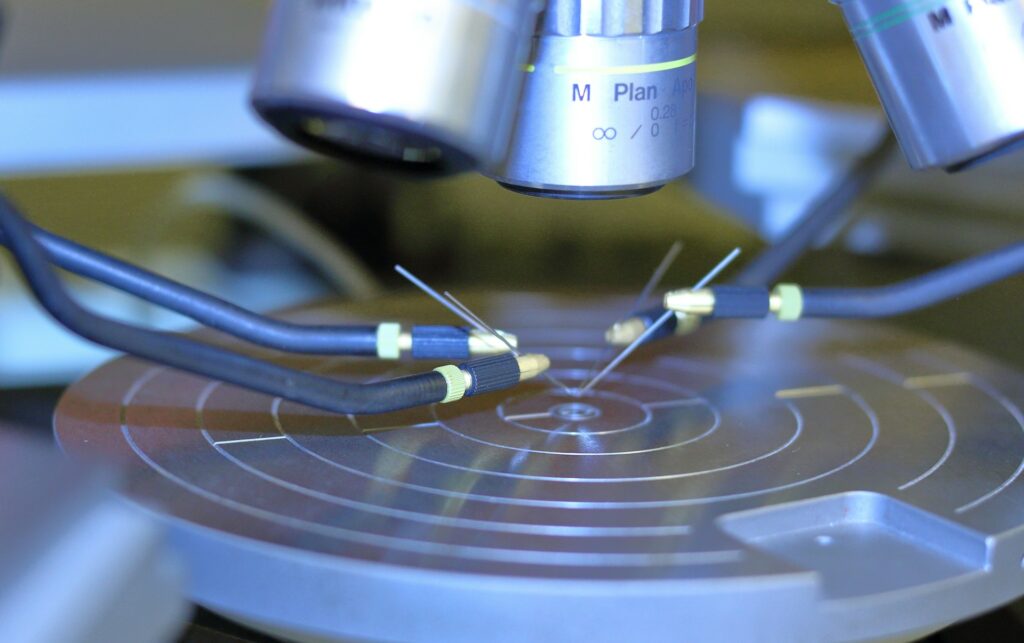Researchers from MIT and Norwegian University of Science and Technology (NTNU) find that liquid air energy storage (LAES) represents a promising solution for long-duration storage in grid environments on a decarbonised power network. The power grid depends on reliable and economical energy storage solutions since solar and wind energy increasingly dominate electricity generation. Renewable sources such as solar and wind are becoming increasingly more central to electricity generation, ensuring a constant power supply requires technologies capable of storing excess energy reliably and economically. LAES could outperform both lithium-ion batteries and pumped hydro systems in specific scenarios. The economic feasibility evaluation was published in Energy and can be found here:
Cetegen, S. A., Gundersen, T., & Barton, P. I. (2025). Evaluating economic feasibility of liquid air energy storage systems in future US electricity markets. Energy, 321, 135447. https://doi.org/10.1016/j.energy.2025.135447
The liquid air energy storage technique makes use of ambient air conversion into liquid form before tank storage followed by turbine-driven re-gasification for power demand activation. Research identifies the process with three sequential steps that need to be followed. During the charging process electricity from the power grid enables compression and cooling of air which results in liquefaction. The liquid air storage system exists within insulated storage facilities where it remains at very low temperatures under moderate pressure conditions.
This straightforward process; using commercially available materials and standard components, underscores a key engineering advantage: LAES systems do not depend on rare materials and can be deployed in a wide range of geographic locations.
The research team developed an economic model, supported by funding from MIT’s Future Energy Systems Center, to evaluate LAES under multiple decarbonisation scenarios. The model incorporates state-of-the-art pricing data and forecasts from the National Renewable Energy Laboratory (NREL) across 18 U.S. regions. Among the scenarios analysed, systems built to a standard 100-megawatt capacity demonstrated positive net present values (NPVs) in a few southern states under an aggressive decarbonisation target of 100 percent by 2035.
According to MIT PhD candidate Shaylin Cetegen, a lead author of the study, a primary advantage of LAES is that it’s clean.
“There are no contaminants involved, it takes in and releases only ambient air and electricity, so it’s as clean as the electricity that’s used to run it.”
In addition, a LAES system can be built largely from commercially available components and does not rely on expensive or rare materials. And the system can be sited almost anywhere, including near other industrial processes that produce waste heat or cold that can be used by the LAES system to increase its energy efficiency.
Additional evaluations conducted by independent market analysts have corroborated these findings, highlighting that even modest policy incentives; such as subsidies covering 40 to 60 percent of capital costs, could bolster the economic case for LAES. While technical enhancements to increase system efficiency did not significantly improve the NPV in realistic grid scenarios, financial incentives present a clear path for making LAES investments attractive.
A notable part of the study is the analysis of the “levelized cost of storage” (LCOS), which measures the cost of storing energy over a system’s lifetime. The findings indicate an LCOS of approximately $60 per megawatt-hour for LAES. This cost level is substantially lower—roughly one-third of that calculated for lithium-ion batteries and half that of pumped hydro systems; revealing the potential for LAES to deliver long-duration storage at a competitive price point.
As grids increasingly rely on intermittent renewable sources, the need for storage technologies capable of handling supply over days or longer is becoming pressing. The research team, which includes MIT PhD candidate Shaylin A. Cetegen alongside Professors Emeritus Truls Gundersen (NTNU) and Paul I. Barton (MIT), argues that, despite current economic constraints under typical market conditions, LAES could play a vital role if supportive policies are enacted. Their model simulates hourly market operations over extensive future periods, offering a robust framework for assessing long-term storage costs and benefits. Cetegen stated:
“With limited options for grid-scale storage expansion and the growing need for storage technologies to ensure energy security, if we can’t find economically viable alternatives, we’ll likely have to turn to least-cost solutions to meet storage needs. This is why the story of liquid air storage is far from over. We believe our findings justify the continued exploration of LAES as a key energy storage solution for the future.”
For engineering professionals and policymakers alike, LAES offers a technically feasible and economically competitive solution to the long-duration energy storage challenge. With timely policy interventions and further industry evaluations, LAES could become a mainstay technology in the transition to a sustainable, decarbonised power grid.

Hassan graduated with a Master’s degree in Chemical Engineering from the University of Chester (UK). He currently works as a design engineering consultant for one of the largest engineering firms in the world along with being an associate member of the Institute of Chemical Engineers (IChemE).



